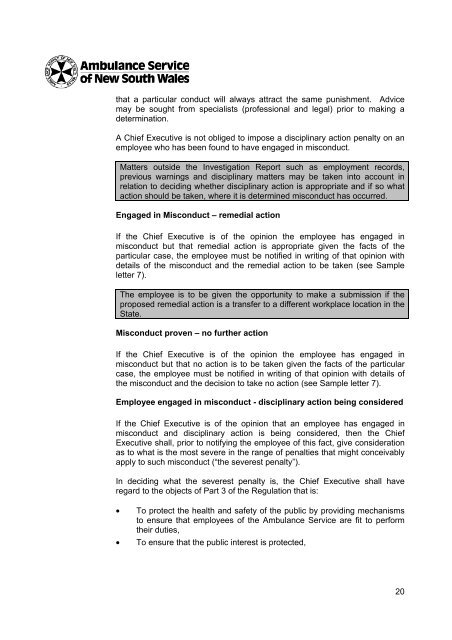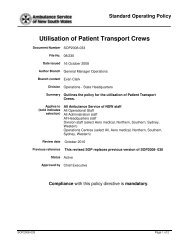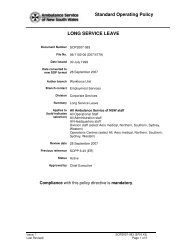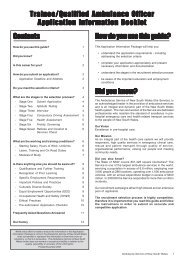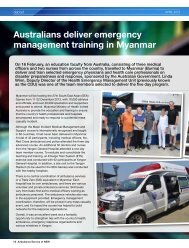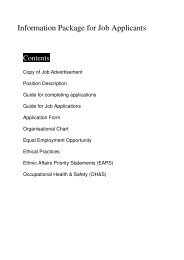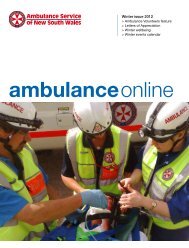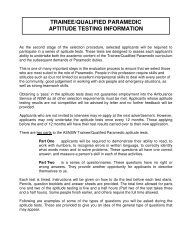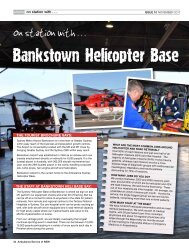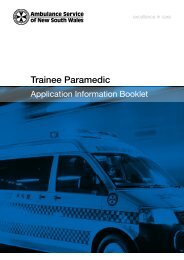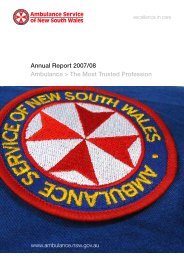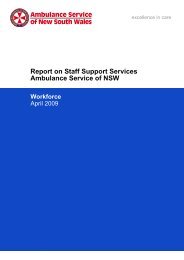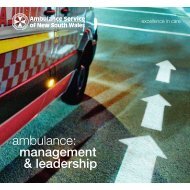Professional Conduct Guidelines - B. Misconduct, October 2006
Professional Conduct Guidelines - B. Misconduct, October 2006
Professional Conduct Guidelines - B. Misconduct, October 2006
Create successful ePaper yourself
Turn your PDF publications into a flip-book with our unique Google optimized e-Paper software.
that a particular conduct will always attract the same punishment. Advice<br />
may be sought from specialists (professional and legal) prior to making a<br />
determination.<br />
A Chief Executive is not obliged to impose a disciplinary action penalty on an<br />
employee who has been found to have engaged in misconduct.<br />
Matters outside the Investigation Report such as employment records,<br />
previous warnings and disciplinary matters may be taken into account in<br />
relation to deciding whether disciplinary action is appropriate and if so what<br />
action should be taken, where it is determined misconduct has occurred.<br />
Engaged in <strong>Misconduct</strong> – remedial action<br />
If the Chief Executive is of the opinion the employee has engaged in<br />
misconduct but that remedial action is appropriate given the facts of the<br />
particular case, the employee must be notified in writing of that opinion with<br />
details of the misconduct and the remedial action to be taken (see Sample<br />
letter 7).<br />
The employee is to be given the opportunity to make a submission if the<br />
proposed remedial action is a transfer to a different workplace location in the<br />
State.<br />
<strong>Misconduct</strong> proven – no further action<br />
If the Chief Executive is of the opinion the employee has engaged in<br />
misconduct but that no action is to be taken given the facts of the particular<br />
case, the employee must be notified in writing of that opinion with details of<br />
the misconduct and the decision to take no action (see Sample letter 7).<br />
Employee engaged in misconduct - disciplinary action being considered<br />
If the Chief Executive is of the opinion that an employee has engaged in<br />
misconduct and disciplinary action is being considered, then the Chief<br />
Executive shall, prior to notifying the employee of this fact, give consideration<br />
as to what is the most severe in the range of penalties that might conceivably<br />
apply to such misconduct (“the severest penalty”).<br />
In deciding what the severest penalty is, the Chief Executive shall have<br />
regard to the objects of Part 3 of the Regulation that is:<br />
• To protect the health and safety of the public by providing mechanisms<br />
to ensure that employees of the Ambulance Service are fit to perform<br />
their duties,<br />
• To ensure that the public interest is protected,<br />
20


